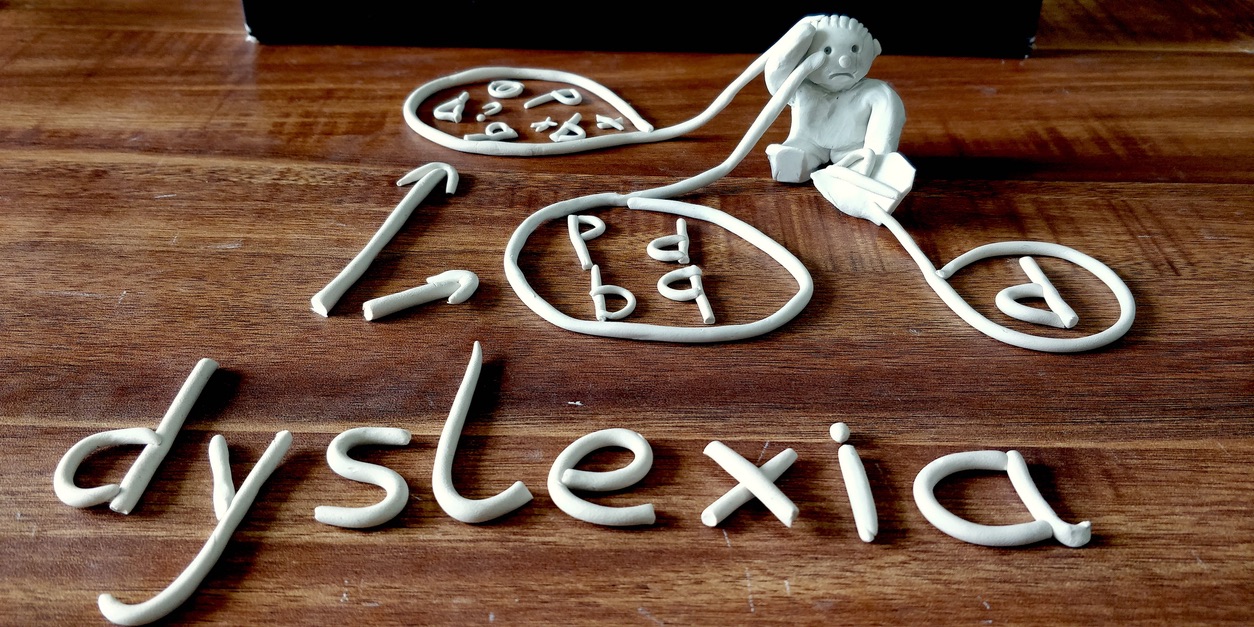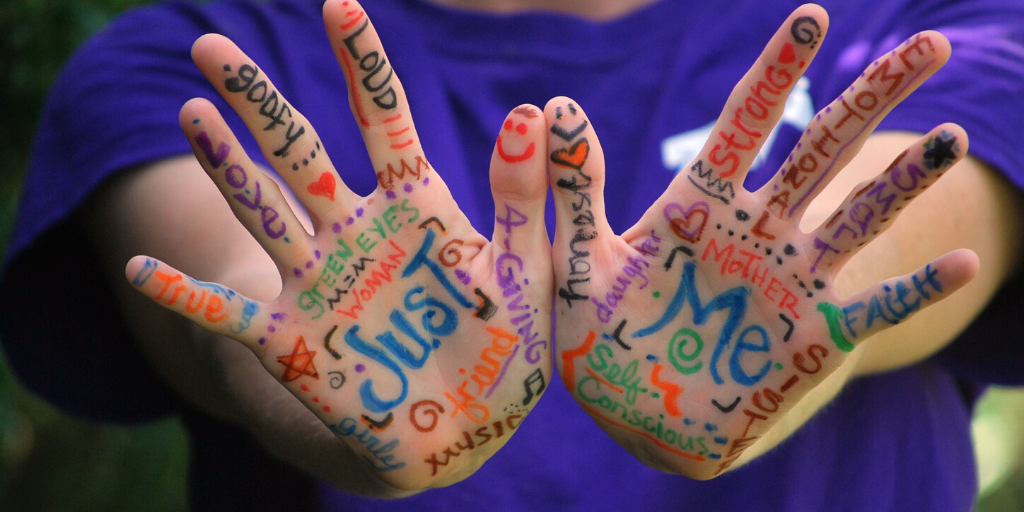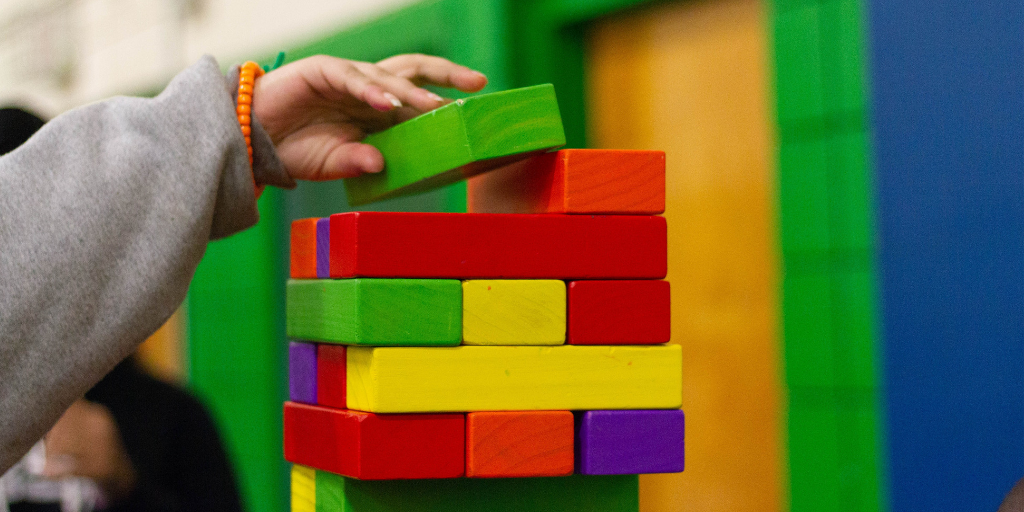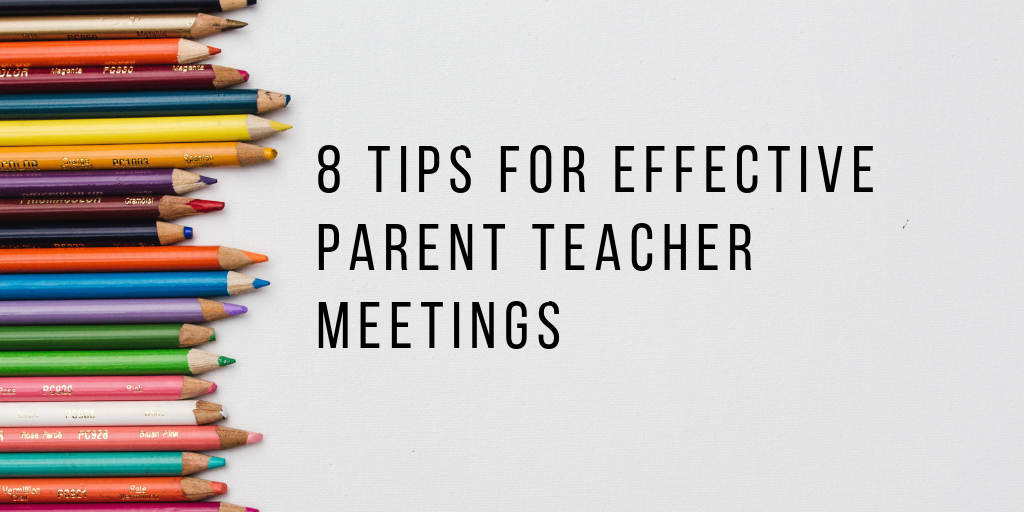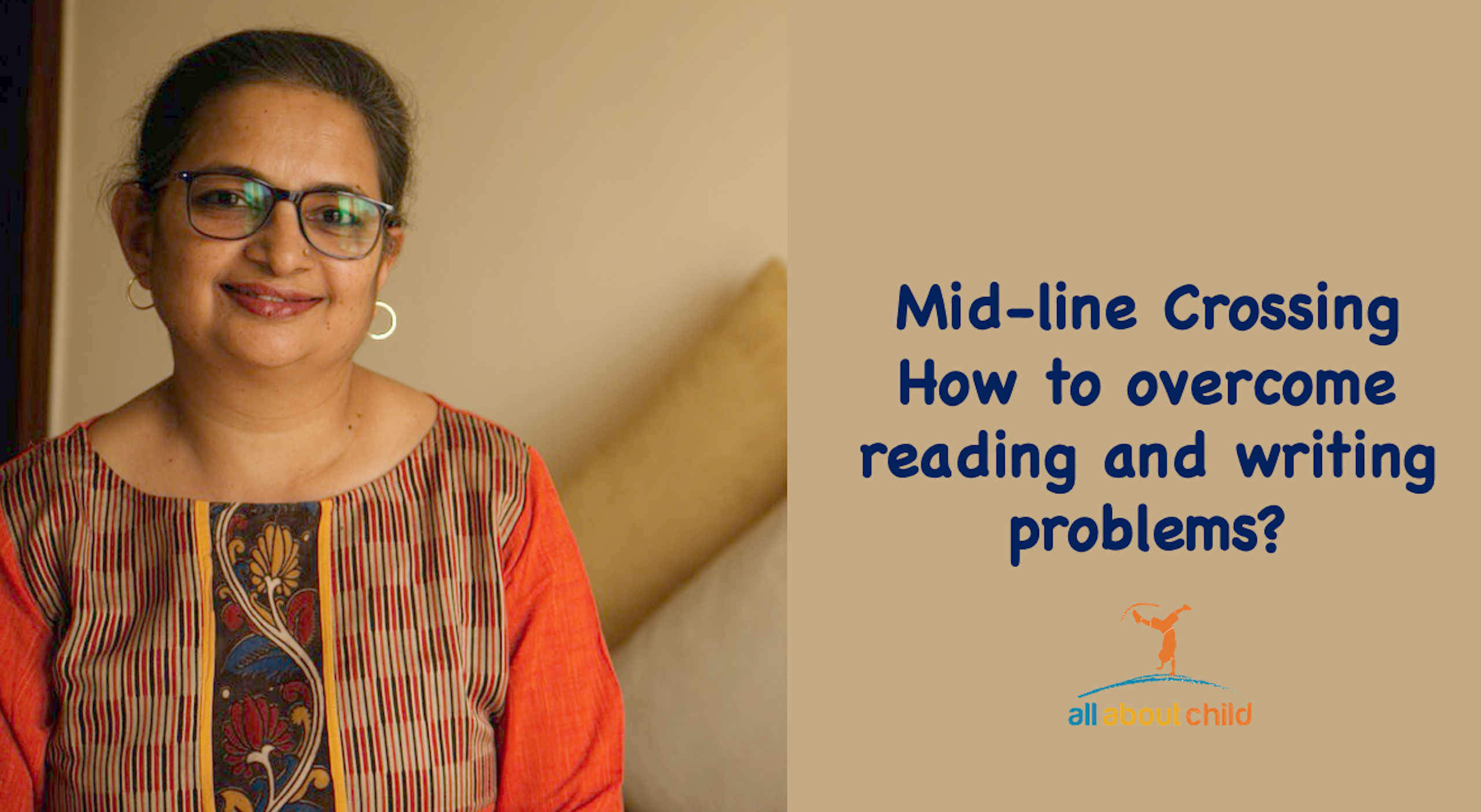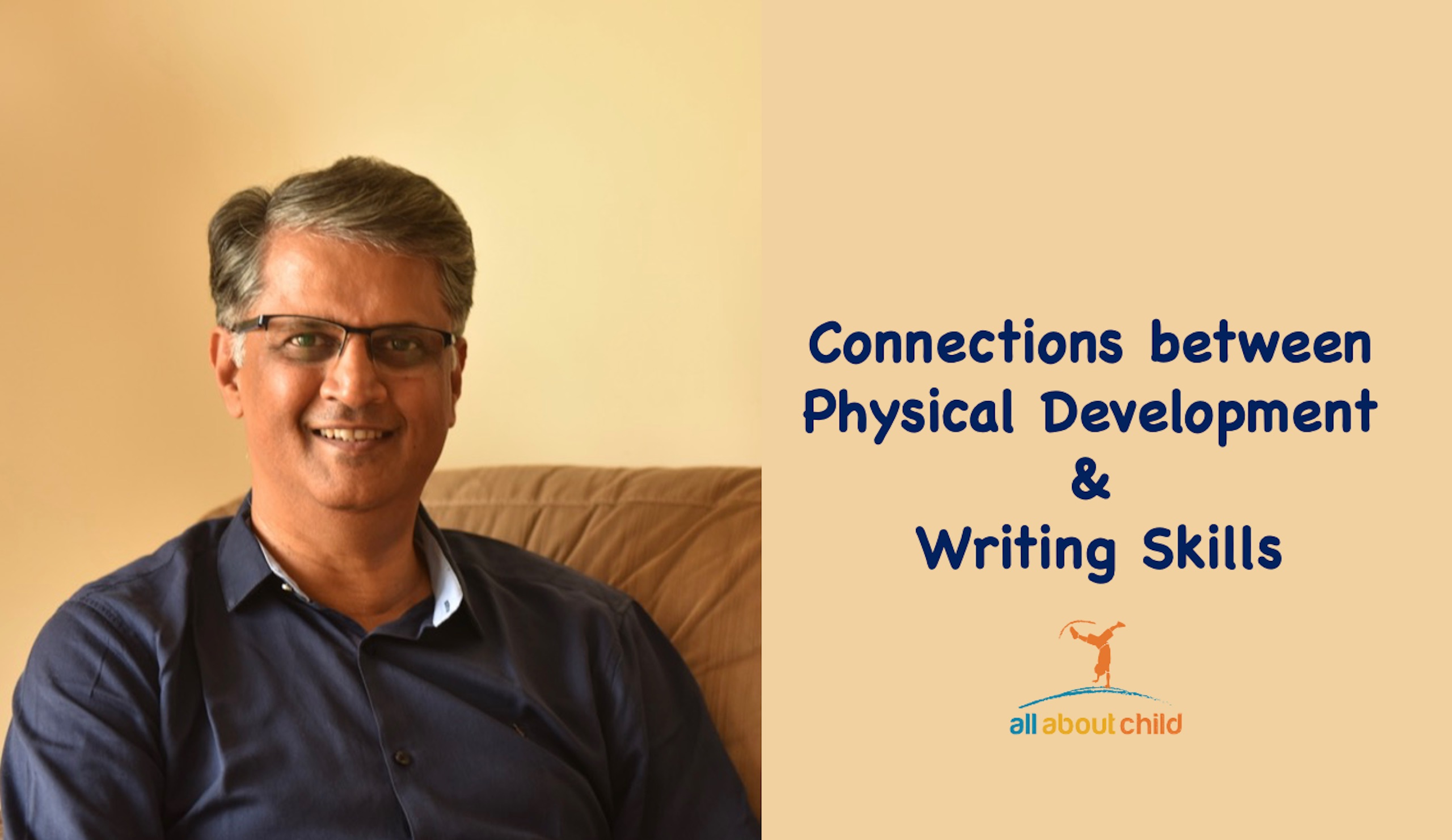It is not easy being a toddler. One moment the child is a king of the world; the next the child is in a rage throwing tantrums. Why does this happen in toddlers and why do parents find it challenging to cope with the toddler’s outbursts of anger and frustration? Parents must realize that emotions are developing in a toddler as they are experiencing their surroundings and interacting with the world. The early years provide the best opportunities to teach the toddler how to manage strong feelings and help them to learn to calm down. By teaching these techniques, parents are imparting “emotional intelligence” skills she/he needs to have to build good relationships with adults and other children.
What is emotional intelligence (ei)?
A child with a high ei is better able to cope with her/his feelings, soothe himself, understand and relate well to other people, and form strong friendships than a child whose emotional intelligence is less developed. She/He’s also better equipped to control negative impulses, even when things aren’t going her/his way. Experts now believe that such skills can be taught at an early age when children are more flexible in their emotional growth.
Daniel Goleman, a psychologist and author of the book Emotional Intelligence, thinks the family is the first and best place to get these lessons across. Instead of trying to cajole away a child’s anger or sadness, for instance, the parents can empathize and teach the toddler how to handle turbulent feelings that may otherwise seem overwhelming.
How can parents teach emotional intelligence?
Lessons on ei begin as soon as a baby is born. Simply by responding to the infant when she/he cries, is hungry or wanting to be held, the parents show the infant that they can elicit a reaction if they express their feelings. By doing what comes naturally — talking and playing with the child – the parents are teaching them about communication, too. Whenever the opportunity arises give the child lessons in analyzing his feelings and handling conflict. This can be done by modelling patience and calmness while handling difficult situations with your child.
The first step is for the parents to realize that the child can’t always tell the parents what’s going on in their lives. If the child is upset for no immediate reason, it’s important for the parents to pause and think what’s troubling the child. Did you move the child to an unfamiliar place –e.g. “a new daycare facility”? A new helper/carer? Did you and your spouse have an argument in the presence of the child? Parents should not underestimate the power of a child’s ability to communicate discomfort. It is important for parents to model saying “Sorry” if they have acted inappropriately with the child or any other adult. Assure the child that they will not repeat the mistake. This shows the ei in the parents.
The next important step is to listen to the child carefully. Parents must put themselves into the shoes of the child and understand the reasons why the child is happy or is upset. It is important for parents to make time and ask the toddler the reasons and listen actively. Rewarding the toddler for expressing their emotions by acknowledging it will help. Let the toddler know how you felt in a similar situation by giving your life examples. This is an assurance to the toddler that everyone has those feelings, and that they can be dealt with.
What should parents avoid doing when teaching a toddler emotional intelligence?
Parents should consciously avoid behavior that they don’t want the toddler to imitate. It’s important not to be verbally harsh when angry. Instead try saying, “It upsets me when you do X,” rather than “You make me crazy” or “You’re a bad girl/boy”. So, your child understands that the problem is his behavior, not him. Be careful to avoid excessive criticism, which tends to chip away the toddler’s self-confidence.
It’s also extremely important not to be physically rough with the child at any time. Although this may temporarily stop certain kinds of behavior, studies have shown that hitting harms a child’s sense of self-worth, imparts the idea that hitting is a way to solve problems and that “might makes right”, and fails to teach self-control in the long run.
Should parents try to hide negative feelings from toddlers?
No, no !!!!!. Some parents ignore their own negative emotions, hoping to spare their children discomfort or difficulty. But hiding real feelings will only confuse the child. By calmly acknowledging that you’re upset, for instance, you show your child that even difficult feelings can be managed.
What’s the best way to teach ei when disciplining a toddler?
- Parents should get down to the child’s eye level and make eye contact.
- However difficult it may be, parents should speak softly, stay brief and use simple words and short sentences, starting with the words “I want …”. Above all, maintain respect and use words like “please”, “sorry” and “thank you”.
- Parents should encourage the toddlers to use words instead of body language.
- Parents should let the child explain the reasons for certain unacceptable actions. Instead of saying, “Why did you do that?” begin with, “I want you to think and talk about what you just did.”
“Emotion coaching” can be done by modelling how parents handle their own emotions in certain situations which includes reading social cues of other people, controlling impulses, delaying gratification, motivating themselves and coping with life’s ups and downs. Studies show that children who are raised with emotion coaching are better equipped to manage themselves independently in difficult situations and are more successful in the long run.
* Credits: Raising an Emotionally Intelligent Child, Ages 1 to 3, Psyche Pascual, HealthDay, news for healthier living.

